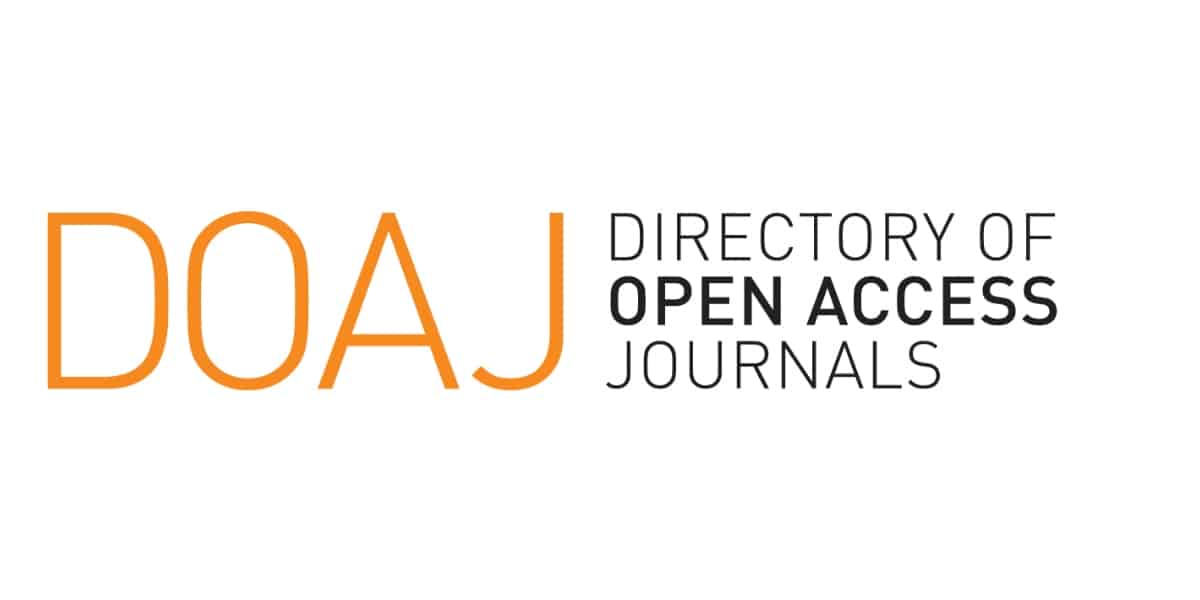Analisis Efisiensi Penurunan Kadar Logam Berat Pb dan Cu Menggunakan Adsorben Cangkang Kerang Darah
Keywords:
adsorption, blood clam shell chitosan, Pb, Cu, AASAbstract
Shipyards are often criticised for the liquid waste they produce, which has the potential to contaminate marine waters. This research aims to analyse the effectiveness of chitosan from blood clam shells as an adsorbent to reduce the levels of lead and copper in shipyard liquid waste. The research technique uses a batch system. The materials used include both commercial and non-commercial blood clam shell adsorbents. The non-commercial blood clam waste was collected from a fish auction site in Kalanganyar village, Sidoarjo. The concentrations of lead and copper in the wastewater samples were 2.04 and 1.16 mg/L, respectively. Variations in the adsorption stirring speed (90, 100, 110 and 120 rpm) and the amount of commercial and non-commercial blood clam shell adsorbent added to the wastewater samples (0.5; 1; 1.5; and 2 grams) were tested. Measurements were then performed using atomic absorption spectroscopy (AAS). At final concentrations of 0.150 mg/L and 0.144 mg/L, the research results show that the commercial adsorbent with a mass of 2.0 grams and a stirring speed of 110 rpm was able to absorb Pb and Cu metals at 92.65% and 87.58% respectively, while the non-commercial adsorbent with a mass of 2.0 grams and a stirring speed of 110 rpm was able to absorb Pb and Cu metals at 91.81% and 82.31% respectively.
References
[1] M. B. Muslim, “Analisis Kadar Logam Berat Timbal ( Pb ) Pada Air Dan Tiram ( Crassostrea Sp ) Di Pantai Mangara Bombang,” Skripsi, 2018.
[2] Andika, Restu, and Hendramawat Aski Safarizki. "Pemanfaatan Limbah Cangkang Kerang Dara (Anadara Granosa) Sebagai Bahan Tambah dan Komplemen Terhadap Kuat Tekan Beton Normal." Media Komunikasi Dunia Ilmu Sipil (MoDuluS) 1.1 (2019): 1-6.
[3] Auliah, Intan Noer, Khambali Khambali, and Ernita Sari. "Efektivitas Penurunan Kadar Besi (Fe) pada Air Sumur dengan Filtrasi Serbuk Cangkang Kerang Variasi Diameter Serbuk." Jurnal Penelitian Kesehatan" Suara Forikes"(Journal of Health Research" Forikes Voice") 10.1 (2019): 25-33.
[4] Akhmad Anugerah S and Iriany, “Pemanfaatan Limbah Cangkang Kerang Bulu Sebagai Adsorben Untuk Menjerap Logam Kadmium (Ii) Dan Timbal (Ii),” J. Tek. Kim. USU, vol. 4, no. 3, pp. 40–45, 2015, doi: 10.32734/jtk.v4i3.1480.
[5] A. T. Apsari and D. Fitriasti, “Studi Kinetika Penjerapan Ion Khromium Dan Ion,” pp. 1–65, 2010.
[6] S.-S. S. Sung-Tao Lee,Fwu-Long Mi,Yu-Ju Shen, “Equilibrium and Kinetic Studies of Copper(II) Ion Uptake by Chitosan Tripolyphosghate Chelating Resin,” Polymer (Guildf)., vol. 42 (5), no. 1879–1892, 2001, doi: 10.1016/S0032-3861(00)00402-X.
[7] Erdawati, Kapasitas Adsorpsi Kitosan dan Nanomagnetik Kitosan terhadap Ion Ni(II). Universitas Negeri Jakarta., 2008.
[8] L. H. Rahayu and S. Purnavita, “Optimasi Pembuatan Kitosan Dari Kitin Limbah Cangkang Rajungan (Portunus pelagicus) Untuk Adsorben Ion Logam Merkuri,” Reaktor, vol. 11, no. 1, pp. 45–49, 2017, doi: 10.14710/reaktor.11.1.45-49.
[9] I. Sanjaya, D. Leny, Y. Staf, and P. Jurusan, “Adsorpsi Pb (II) oleh Kitosan Hasil Isolasi Kitin Cangkang Kepiting Bakau (Scylla sp) (Adsorption of Pb (II) by Chitosan Resulted from Bakau Crab’s Shell (Scylla sp) Chitin Isolation),” J. Ilmu Dasar, vol. 8, no. 1, pp. 30–36, 2007.
[10] D. D. Iriana, S. Sedjati, and B. Yulianto, “Kemampuan Adsorbsi Kitosan Dari Cangkang Udang Terhadap Logam Timbal,” J. Mar. Res., vol. 7, no. 4, 2018.
[11] D. Ramadhani, Pengaruh Berbagai Dosis Kompos Tandan Kosong Kelapa Sawit terhadap Pertumbuhan dan Hasil Serai Wangi (Cymbopogon nardus L.). Universitas Andalas, 2021.
[12] S. Charazińska, E. B. Adamiak, and P. Lochyński, “Recent trends in Ni(II) sorption from aqueous solutions using natural materials,” Rev. Environ. Sci. Bio-Technology, vol. 21, no. 1, pp. 105–138, 2022, doi: http://dx.doi.org/10.1007/s11157-021-09599-5.
[13] V. Evilyani, “Biosorpsi Zat Warna Rhodamin B Oleh Biosorben Biji Lengkeng (Euphoria longan lour) dengan Metode Batch.,” Universitas Negeri Padang., 2021.
[14] R. Afrianita and Y. Dewilda, “Potensi Fly Ash Sebagai Adsorben Dalam Meyisihkan Logam Berat Cromium (Cr) Pada Limbah Cair Industri,” J. Dampak, vol. 11, no. 1, p. 67, 2014, doi: 10.25077/dampak.11.1.67-73.2014.
[15] A. S. reyra, S. Daud, and S. R. Yenti, “Pengaruh Massa dan Ukuran Partikel Adsorben Daun Nanas terhadap Efisiensi Penyisihan Fe pada Air Gambut,” J. Online Mhs. Fak. Tek. Univ. Riau, vol. 4, no. 2, pp. 1–9, 2017.
[16] Nurhasni., Hendrawati., and N. Saniyyah, “Penyerapan Ion Logam Cd Dan Cr Dalam Air Limbah Menggunakan Sekam Padi,” J. Kim. Val., vol. 1, no. 6, 2010, doi: https://doi.org/10.15408/jkv.v1i6.244.
Downloads
Published
Issue
Section
License
Copyright (c) 2024 Mutia Chantika Putri, Yayok Suryo Purnomo (Author)

This work is licensed under a Creative Commons Attribution 4.0 International License.
















